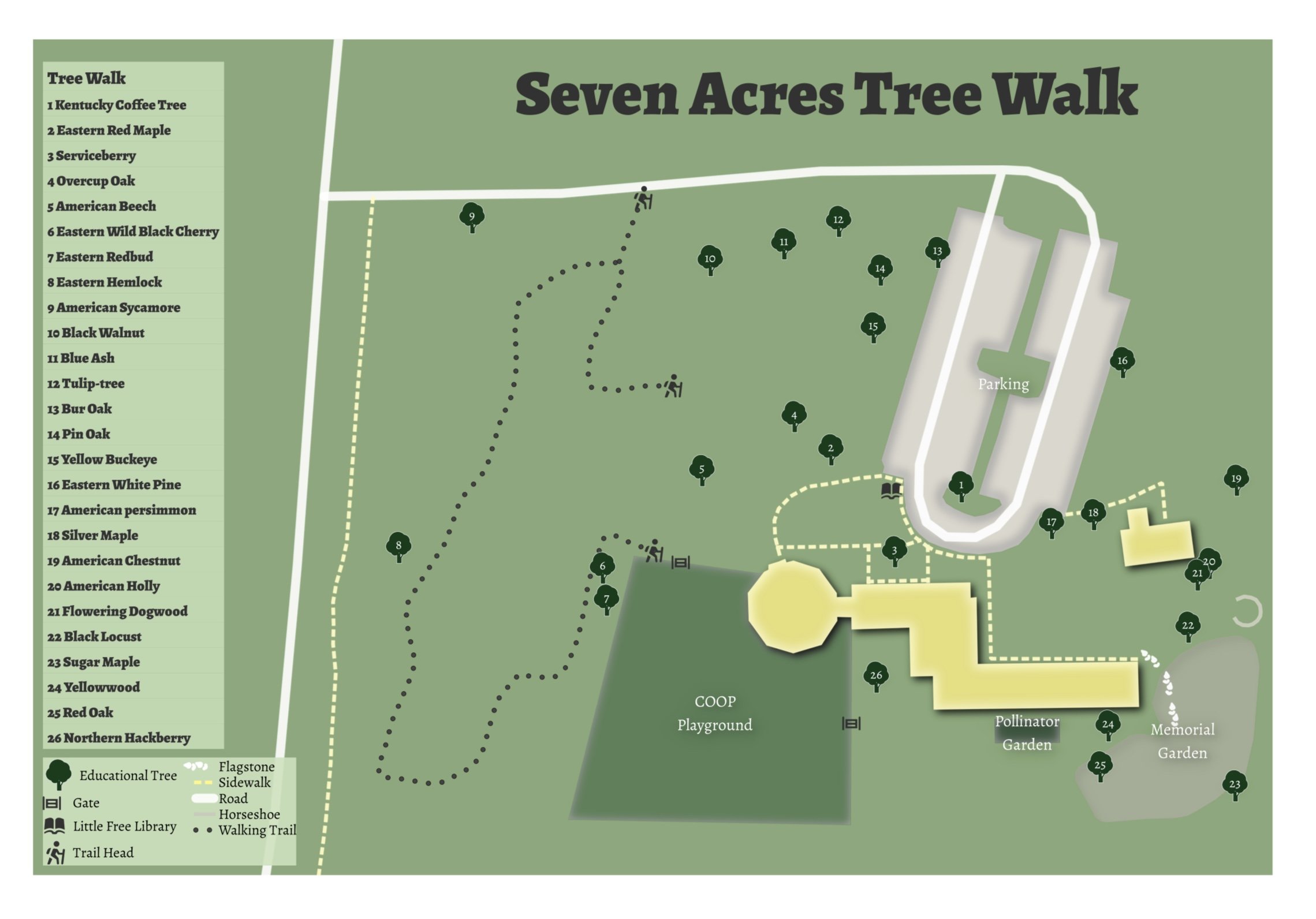Eastern Hemlock
Tsuga canadensis
Dimensions:
Height: 40’ - 70’
Mature spread: 25’ - 35’
Trunk Diameter: 2’ - 3’
Habitat and Range:
prominent in mixed mesophytic communities in Appalachian sections of eastern Kentucky
most shade-tolerant of any native conifer and requires shade for its seedlings
prefers slightly acidic, well drained, but evenly moist soil
Features:
pyramidal, medium-sized, needle evergreen tree with horizontal to pendulous, graceful branches
can live for hundreds of years, with some reaching 800 years old or more
provides a cozy home for winter wildlife, along with food
tree’s seeds are enjoyed by juncos, chickadees, and siskins
unfortunately, hemlocks are being decimated by an invasive insect, the hemlock woolly adelgid
History:
Native Americans used hemlock bark and leaves to treat rheumatism, bronchial maladies, colds and fevers
exceptionally high in vitamin C and often made into a delightful tea
Native Americans used the cambium to make bread and soups and it could be mixed with dried fruit and animal fat for pemmican
the bark was used to make dyes
early settlers used wood for construction and its bark for tanning hides







